Minimalist Interiors: Creating Serenity Through Simplicity
Minimalist design has been popular for a while. Discover what makes it such an appealing style.
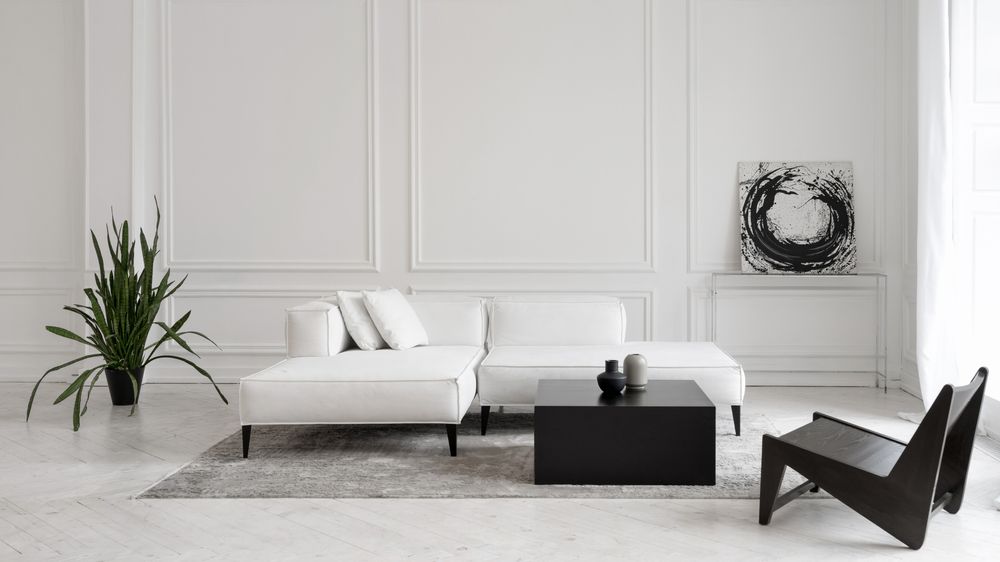
In today's fast-paced world, finding solace in simplicity has become increasingly vital. Minimalist design offers a refreshing approach to interior design by promoting a clutter-free and harmonious living environment.
In this post, we delve into the essence of minimalist design, its history, principles, and how it has evolved. We look at the color palettes, natural materials, and adequate space management techniques. Additionally, we discuss the importance of decluttering and how this technique can help you achieve a minimalist look effortlessly.
What's in this post:
Origins and historical influences
Fundamental principles of minimalist design
Examples of minimalist design in interior spaces
Origins and historical influences
Minimalism, as a design philosophy, emerged in the early 20th century as a reaction against excessive ornamentation and complexity. Rooted in simplicity, minimalism focuses on stripping away unnecessary elements to create spaces that foster calmness and clarity. It accentuates the beauty of essential forms and functionality, allowing individuals to connect with their surroundings on a deeper level.
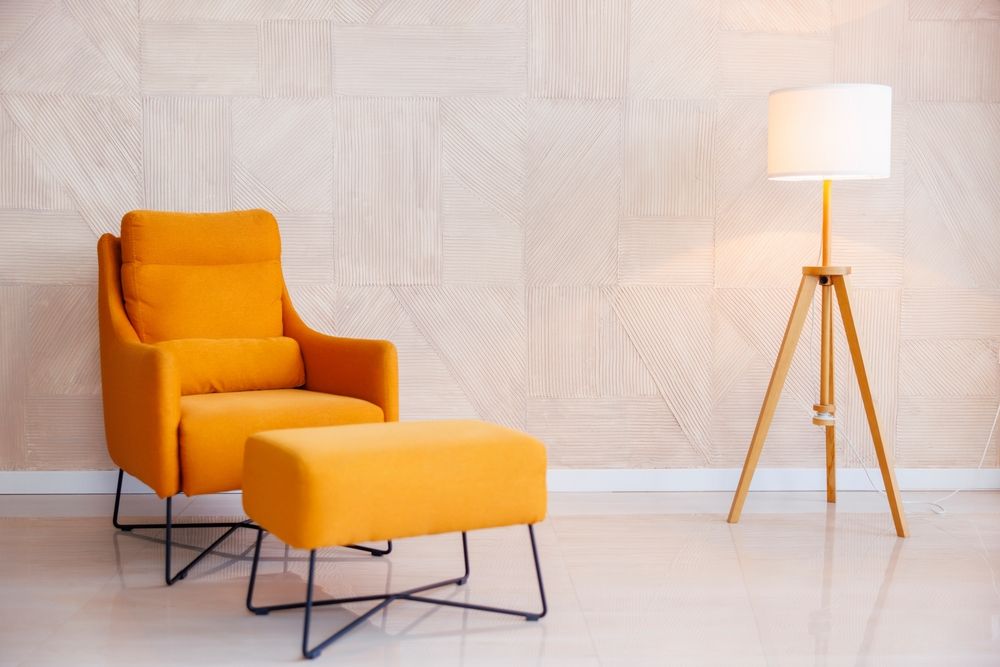
The origins of minimalist design can be traced back to the De Stijl movement in the Netherlands and the Bauhaus school in Germany. Pioneers like Ludwig Mies van der Rohe, Le Corbusier and Adolf Loos championed the idea of "less is more," emphasizing clean lines, open spaces and a pared-down aesthetic.
Over time, minimalist design has evolved to incorporate influences from Japanese Zen philosophy, where the pursuit of simplicity and serenity is highly valued. This fusion has created a harmonious blend of Western and Eastern design principles.
Fundamental principles of minimalist design
At the heart of minimalist design lie a few simple principles. Simplicity, functionality and a focus on essentials form the bedrock. Clean lines, uncluttered spaces, and a sense of balance contribute to its distinctive aesthetic.
Decluttering: the key to minimalist living
The essence of minimalist design lies in decluttering, stripping away the unnecessary to embrace what truly matters. A clutter-free environment encourages mental clarity, reduces stress, and creates a serene ambiance. Every item serves a purpose or sparks joy, echoing Marie Kondo's famous philosophy.
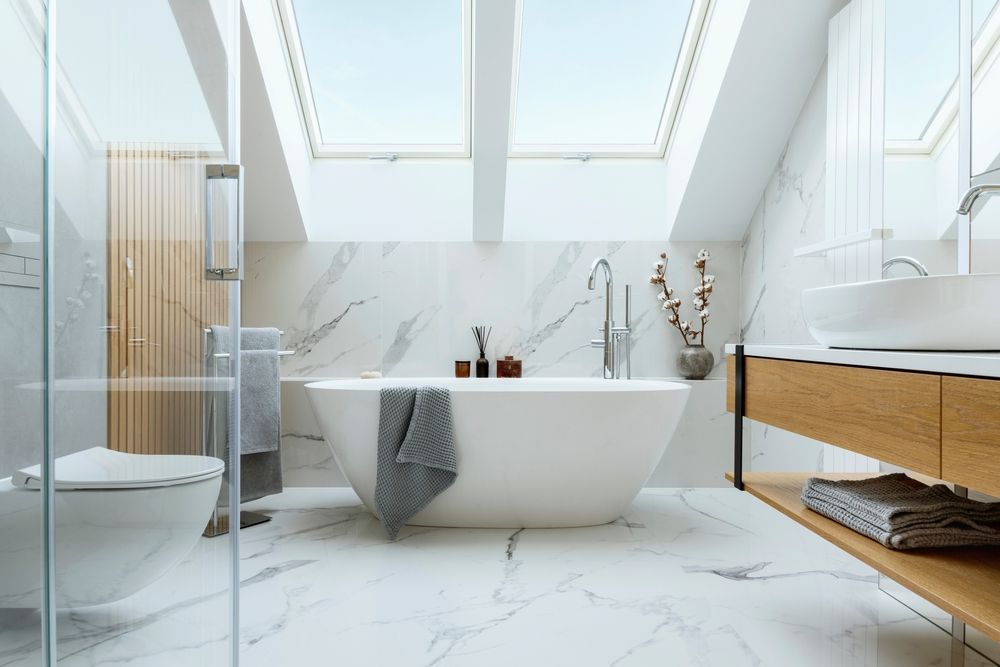
Space management and functionality
Space is treated as a valuable asset in minimalist design. Thoughtful arrangement of furniture and decor optimizes the available space, eliminating clutter and promoting flow. Multi-functional furniture pieces, such as sofa beds or storage ottomans, exemplify the fusion of form and function that minimalist interiors champion.

Simplicity in form and function
Minimalist design embraces clean lines and geometric shapes, prioritizing functionality over unnecessary embellishments. It's about maximizing spaces by eliminating clutter and unnecessary furniture. Every item contributes to the overall aesthetic and has a designated place, allowing for a sense of openness and tranquility.
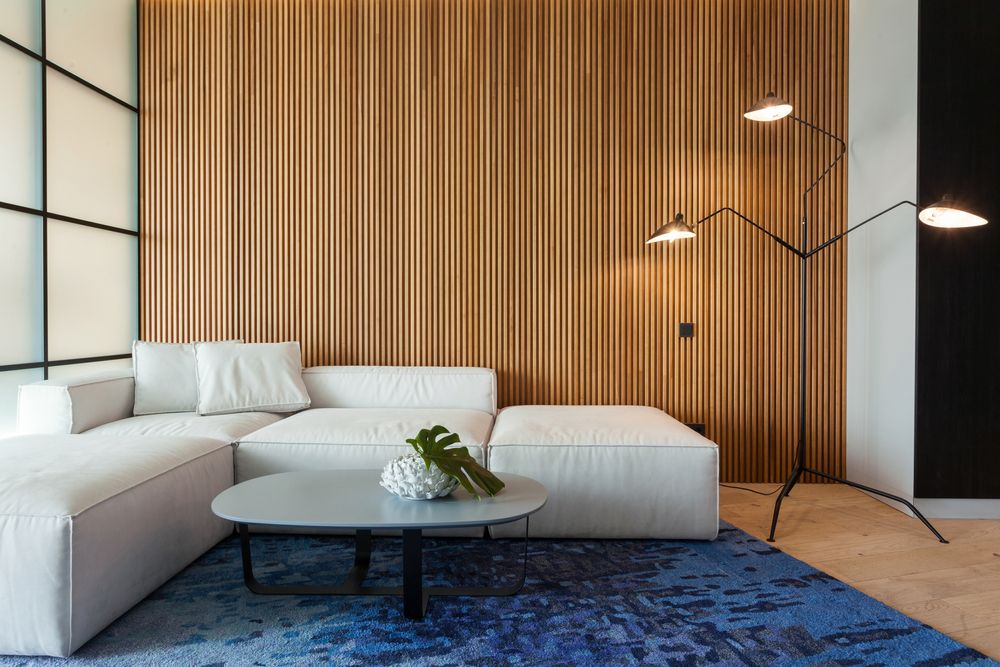
Neutral color palettes
Neutral color palettes are a hallmark of minimalist design, with whites, grays, and earth tones dominating. These hues cultivate a sense of calm and open up spaces visually. Natural materials like wood, stone, and metal add warmth and texture to the environment. These materials enhance the visual appeal and evoke a connection with the natural world.
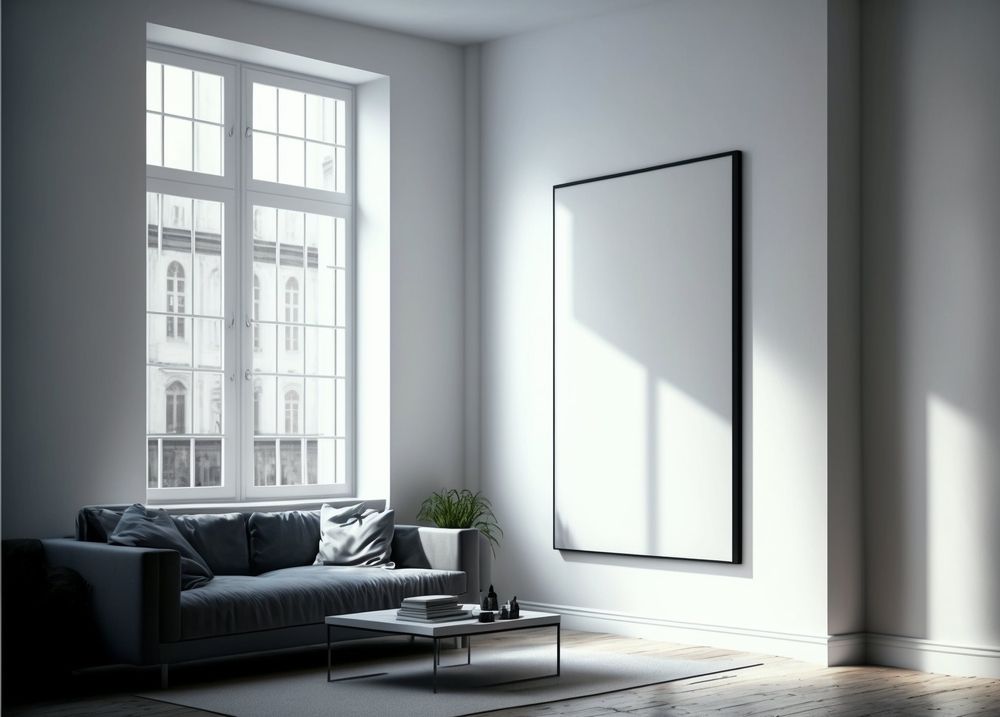
Use of natural materials
Incorporating natural materials such as wood, stone, and metals adds warmth and texture to minimalist spaces. These materials bring a sense of authenticity and connection to nature.
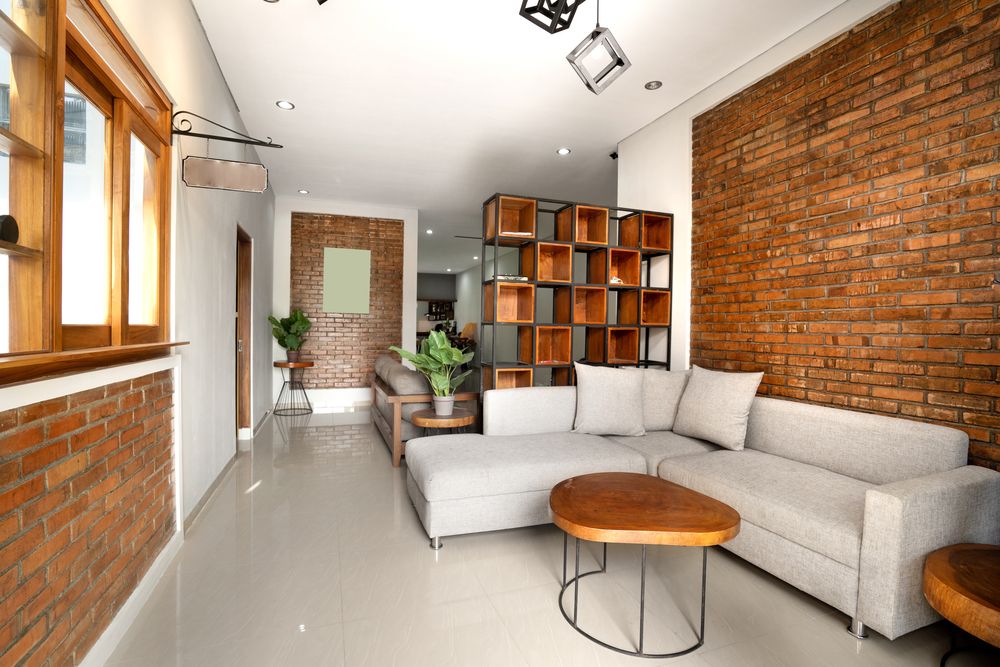
Examples of minimalist design in interior spaces
Minimalist design has been very popular for years because it's simple and can be incorporated into every room in your house. Unlike some other styles, minimalism focuses on less stuff and functionality, so you don't have to buy anything besides what you need.
The living room: A minimalist living room might feature a streamlined sofa with clean lines, complemented by a simple coffee table and a few carefully curated accessories. The absence of excessive furniture and decor allows for a spacious and inviting atmosphere.
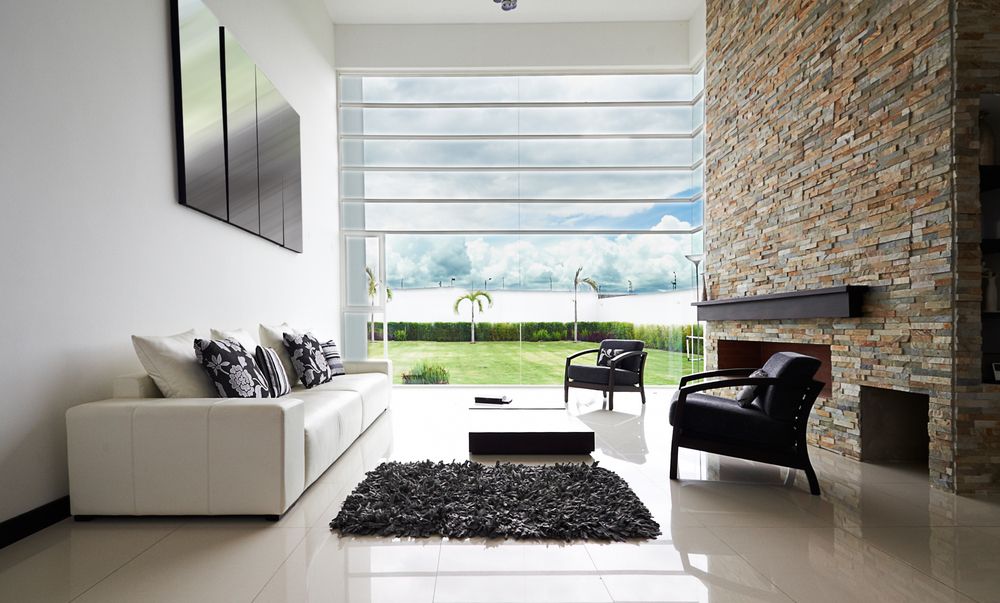
The kitchen: In a minimalist kitchen, sleek cabinetry with hidden handles provides a seamless and clutter-free look. Open shelving showcases carefully selected items, and a neutral color palette enhances the sense of cleanliness and order.
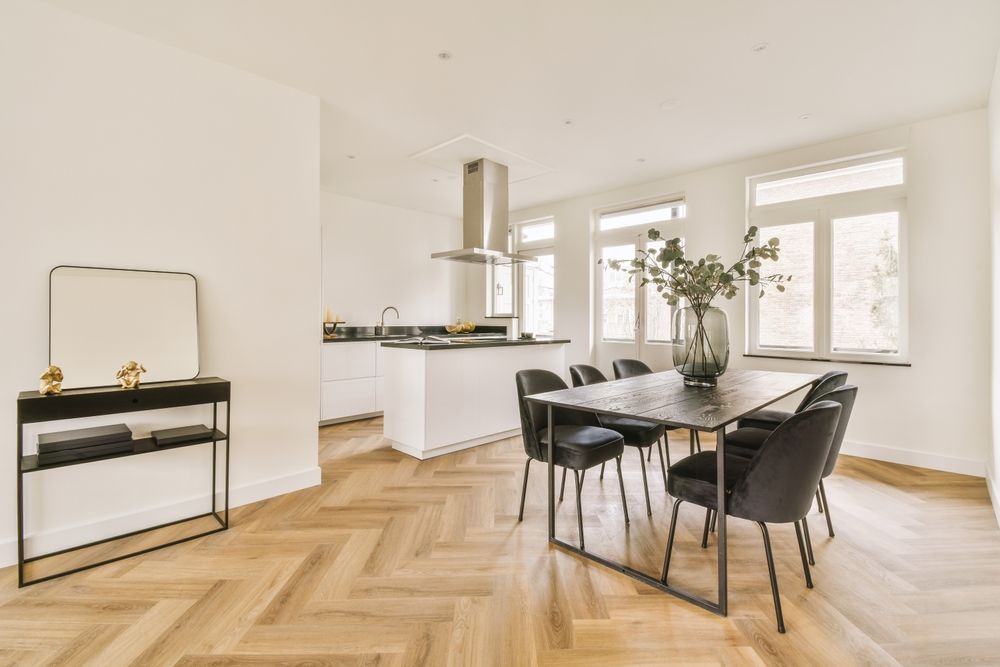
The bedroom: A minimalist bedroom exudes tranquility with a platform bed, minimalistic bedside tables, and soft lighting. Simple bedding and a limited number of decorative elements foster a restful ambiance.
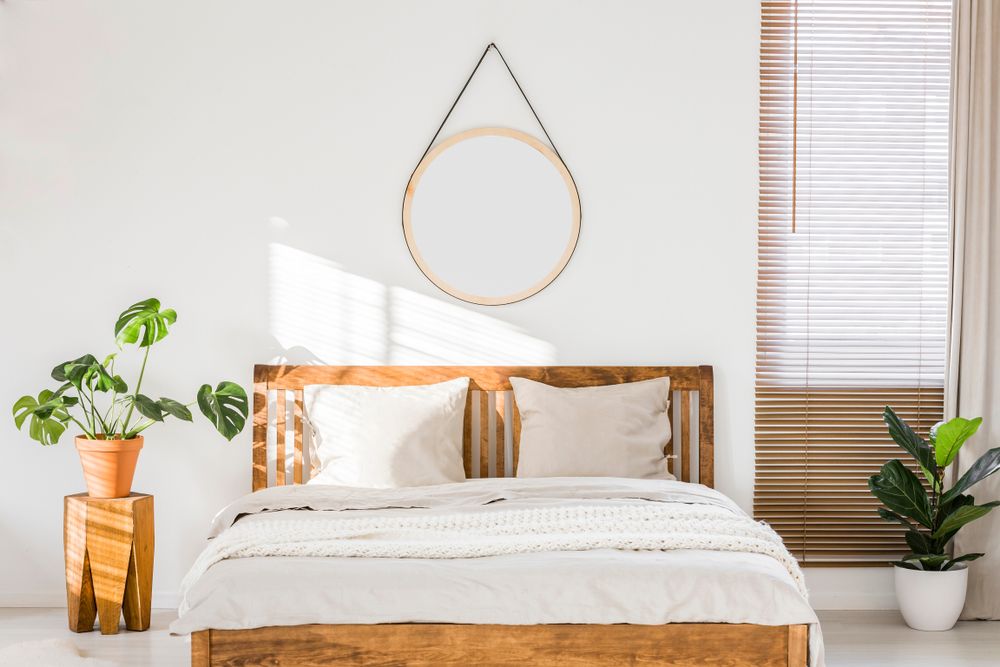
Benefits of minimalist design for everyday living
Adopting minimalist design principles in your home brings numerous benefits to your everyday life. Minimalist spaces promote relaxation and reduce stress levels by reducing visual noise and creating a serene environment.
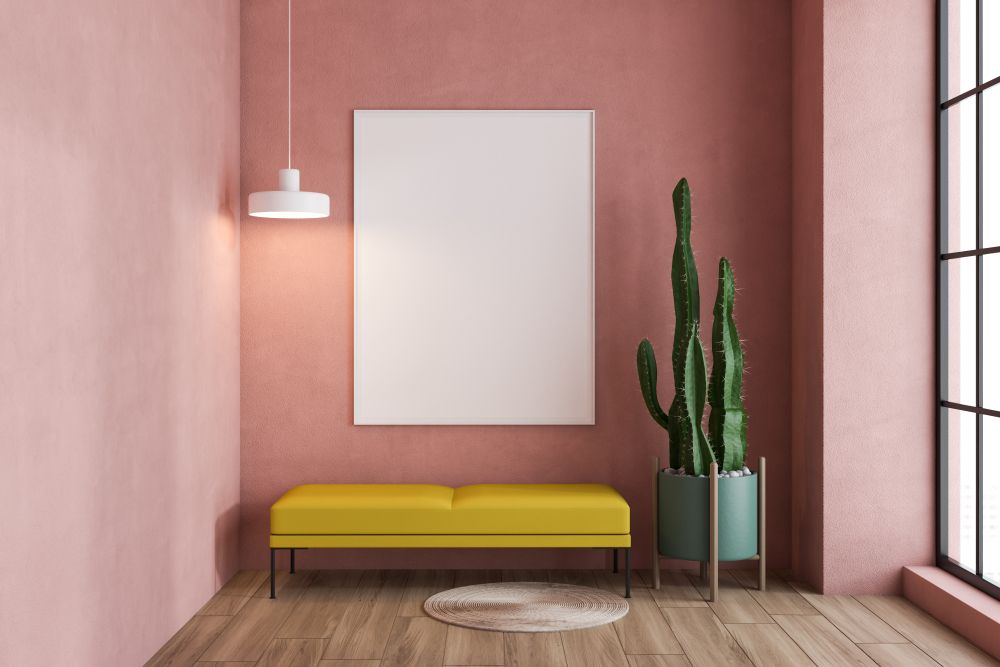
The simplicity of the design also allows for easy maintenance and cleaning, freeing up time for more important endeavors. Minimalist interiors also encourage mindful consumption, aligning with sustainable and eco-friendly lifestyles.
Conclusion
Minimalist interior design is far more than an aesthetic trend. It's a philosophy that elevates the way we experience our living spaces. Embracing minimalist design in interior spaces offers a pathway to serenity and simplicity. Understanding its history, principles, and evolution allows you to cultivate a peaceful and harmonious environment.
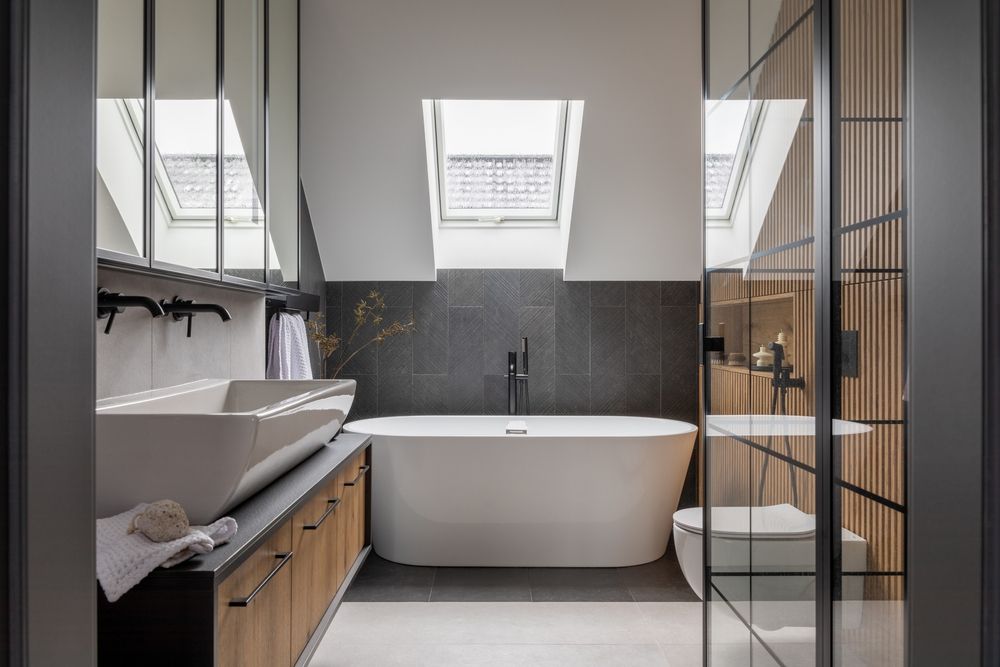
From color palettes to furniture choices, every aspect creates an environment that enriches our lives and nurtures our well-being. So, why not step into the world of minimalist design and discover the tranquility within its pared-back elegance?
FAQ
How can I infuse personality into a minimalist space without cluttering it?
Minimalism doesn't mean sacrificing personality. Focus on carefully selected decor that holds meaning or represents your style. A single statement piece, a well-chosen artwork, or even a unique lighting fixture can add character without overwhelming the space.
Can I incorporate color in a minimalist design, or is it strictly neutral?
While neutral color palettes are typically used in minimalist design, you can incorporate color thoughtfully. Opt for muted, subdued tones that maintain the calm aesthetic. A pop of color through a single accent piece, like a vibrant cushion or a work of art, can create visual interest without disrupting the tranquility.
How can I make a small space feel larger using minimalist principles?
Minimalist design is a fantastic approach for smaller spaces. Keep furniture simple and functional, avoiding bulky pieces. Choose light colors for walls and furniture to create an open, airy feel. Utilize mirrors strategically to reflect light and make the space appear more expansive.
What if I have sentimental items that I want to keep in my minimalist space?
Sentimental items can be integrated thoughtfully. Select a specific spot or create a dedicated display for these items, making them a focal point rather than scattered throughout the space. By curating and showcasing them, you ensure they contribute to the overall aesthetic without overwhelming it.
Can minimalist design work for different design preferences, such as rustic or industrial styles?
Minimalism can be beautifully blended with other styles. You might focus on natural materials like distressed wood and earthy colors in rustic minimalist design. You can embrace clean lines and open spaces for an industrial-minimalist fusion while incorporating metal accents and exposed structural elements. The key is to maintain the core principles of simplicity and purposefulness.
